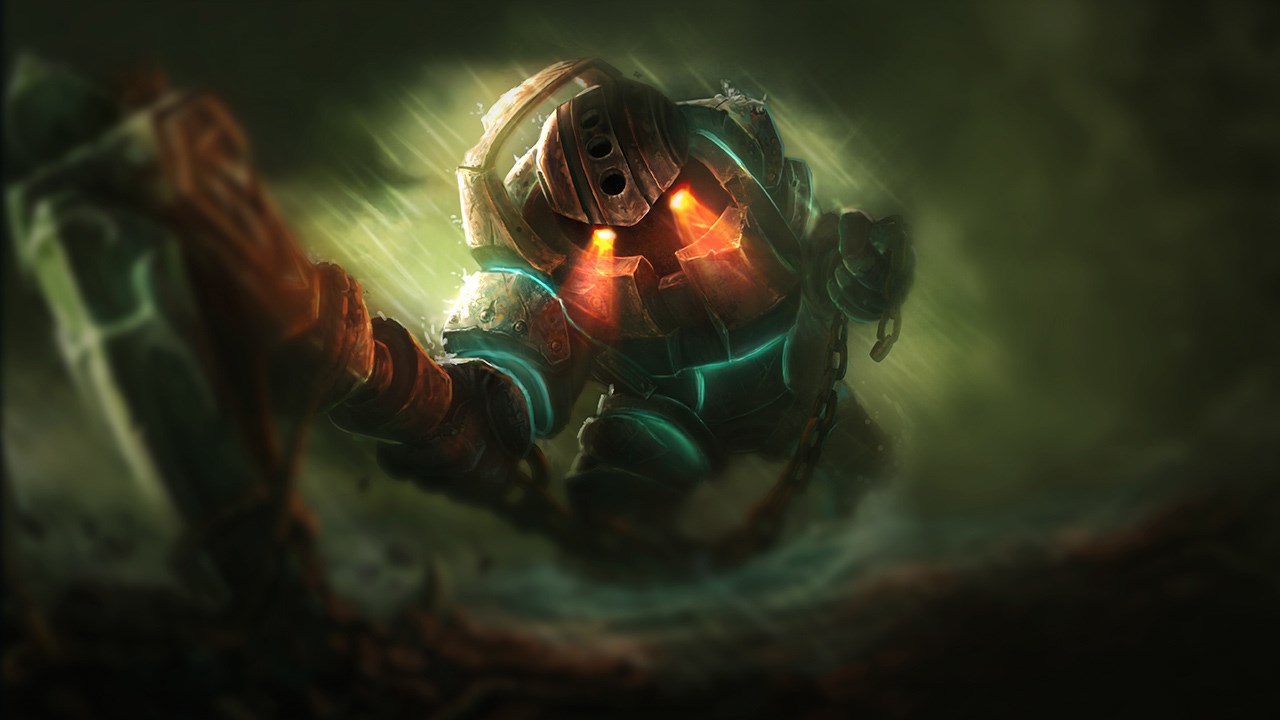Introduction
Hi I'm Stunt, a former pro support, multiple time rank 1, challenger s3-s14 support. I'm writing these guides to share my knowledge with the community, hope it helps!
Engagers hold a lot of responsibility to choose the right fights for their team to win the game. There is a lot to factor in before starting off a fight, and I hope by the end of this guide you guys will be better equipped to pick good engages.


Let’s get started! When you start a fight, you typically want some type of advantage. It’ll be more difficult to find these advantages from behind, but the more you pay attention to these concepts the more opportunities you will be able to see in game.
1. Numbers
Whenever you have more numbers in a fight, you are more favored to win. It’s an extra healthbar and set of spells to utilize. When you recognize that you will have more people, it’s good to try to force your agenda on the enemy, whether its contesting vision, diving, invading camps, starting objectives, etc.
It’s easy to identify an immediate numbers advantage, but what about delayed? When you choose a fight, you have to factor in who can show up. If I start a fight bottom, the mid laner with prio can move first. The jungler who is closer to botside will rotate more quickly. And what about teleports? After 10 minutes, it’s important to think about who can teleport into the fight when it does break out.
2. Levels
Early in the game, levels advantage is extremely important, sometimes outweighing items difference. Not only is it an increase in stats, but also strength of spell. Specific windows that are usually always good to engage on are lvl 2 to 1 and 6 to 5 (ultimate adv). Be sure to factor in champion specific spikes as well like Draven 2 or Kass 16.


3. Items
It’s important to press Tab after bases to check on item differentials. In early game, you want to pay attention to who has the better components on base, and later in the game you want to look at full item completions. If you’re behind in the game, it’s better to fight on item spikes like 1 completed item to 1.5, vs something like 1.5 to 2 completed items, since completed items give significantly more power to components. In lane, typically matchup and levels is more important than items, so you can still fight behind items if you have a favorable matchup or more xp. Ideally, you want to fight around and enable your strongest team members (most items/lvl) and avoid/deny their strongest team members. For example, if I see my top laner is winning hard, I will try my best to create fights around him such as going to voidgrubs or waiting for their rotate before objectives.
4. Vision Advantage
Getting good vision allows you to have more info such as where the enemy is rotating their champions. This will easily let you identify where you will have numbers advantage. In the same vein, denying vision is equally important. When the enemy team is lacking vision, you gain the element of surprise. It’s a lot harder for the enemy team to react quickly with less info. Often times even with numbers disadvantage, you can burst down somebody facechecking into vision before the enemy team can even react.
5. Cooldowns
I think cooldowns are the most important thing to track when it comes to choosing the right fight. First is summoner spell cooldowns. A carry without flash becomes an easy target, especially if your team has flash advantage. Even if this carry is above the item curve, it doesn’t matter if you can just one shot them under CC. Next is ultimate cooldowns. If the enemy team just won a fight, but doesn’t have their ultimates up for the next fight, it could be a good time to fight again while they are still on cooldown. Lastly is basic spell cooldowns. This is mainly important in lane, where you want to be engaging when important enemy spells are still on cooldown. The more cooldowns you can memorize the better (ex: ezreal E 26s, morg E 26s)
6. Positioning
When choosing a fight, you need to pay attention to your teams positioning (this is your follow up) relative to the enemy teams. Generally you want to select a target that your team can follow up on, while also being wary of what the enemy will respond with when you go in. Be sure to identify the key threats and save specific cooldowns for them. Here are some tips when it comes to positioning:
- If you're a front to back team comp, make sure your team is in formation before engaging (tanks in front carries in back)
- If you're comp is back to front, wait for the flankers to be in position or enable them with TP wards
- Certain team comps perform better in chokes and others in open space. Pay attention to location of the fight.
- When you’re behind, a favorable place to fight is when the enemy tries to hit your turret. This is because they can’t chase into you without going through the turret, but you have lots of room to chase them if the fight is going well.
There are so many opportunities in a game to start good fights and the more you can identify the higher chances you will have to win. I hope this guide gives you a better idea of what to think about before you press that hook button.
